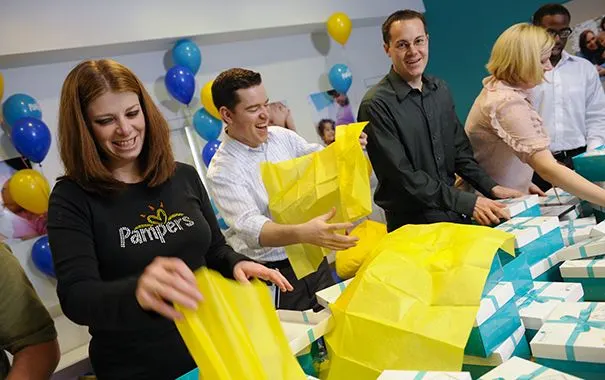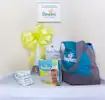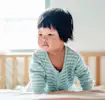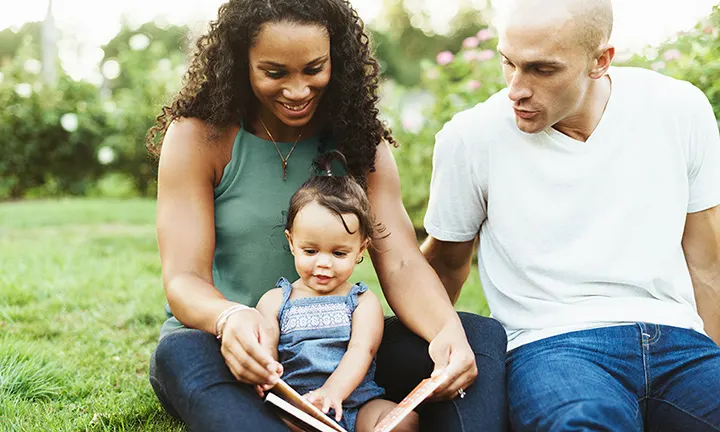About Us
Pampers is dedicated to every baby’s happy, healthy development. Learn more about us, our products and our commitment to you.
Quality and Safety
Explore our Quality and Safety related articles and learn all about our promise for baby's healthy development with high-quality and trusted products.
Join a World of Support
through Pregnancy and Parenthood.
TRACK WITH TOOLS
LEARN WITH EXPERTS
GET REWARDED



![Discover The Pampers Safety Promise]](https://images.ctfassets.net/2ql69mthp94m/287avtdivzt4XJ0EcEiCed/c61799238a2e717a9a84938a940ab0be/4_steps_of_safety_assessment_720x432.jpg?fm=webp&fit=fill&w=105&h=100&q=70)














